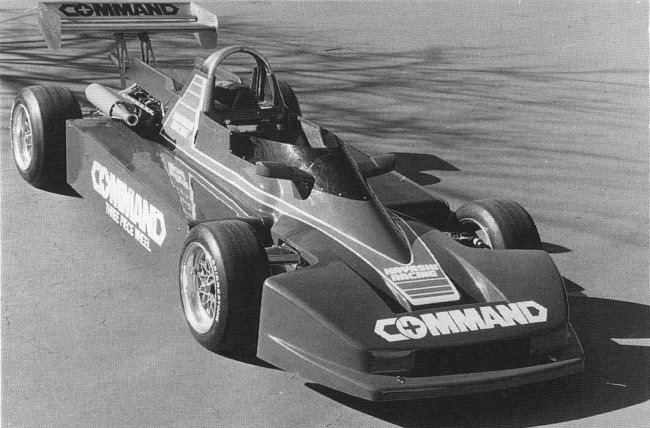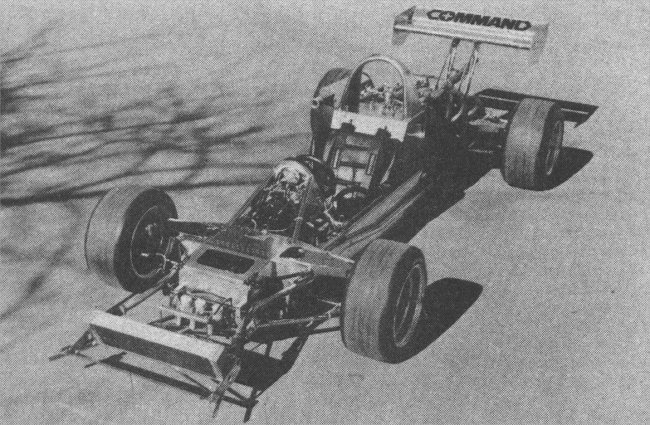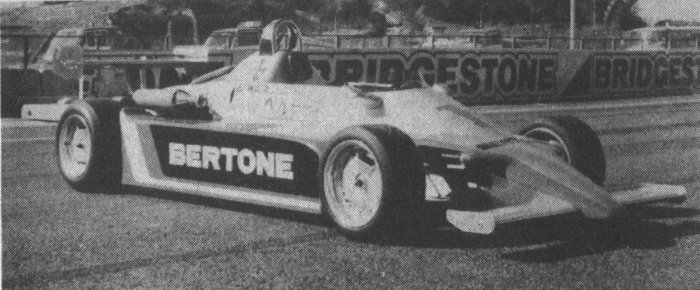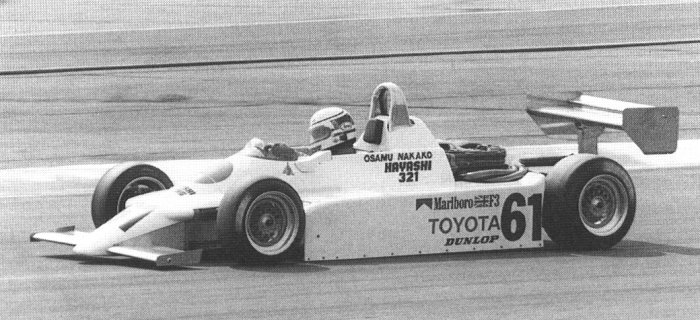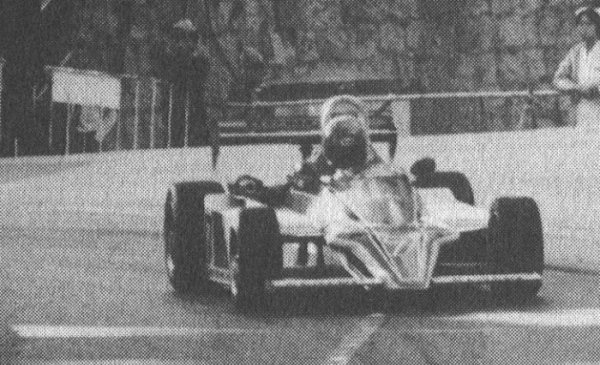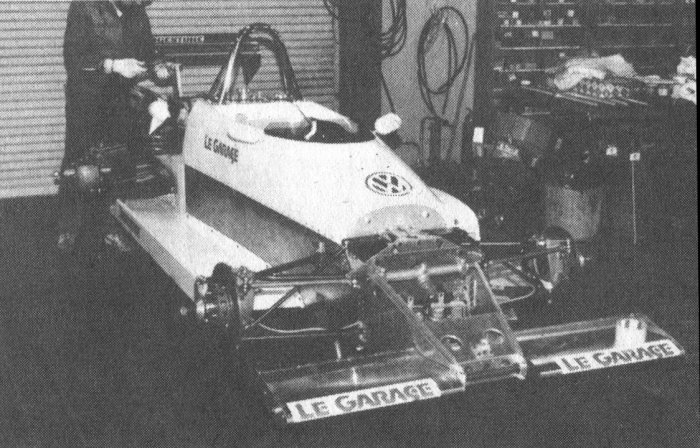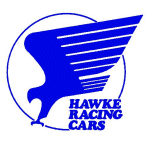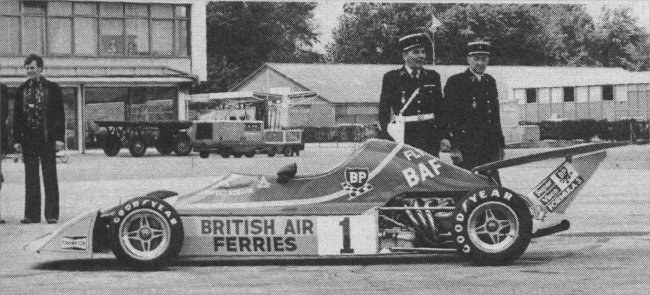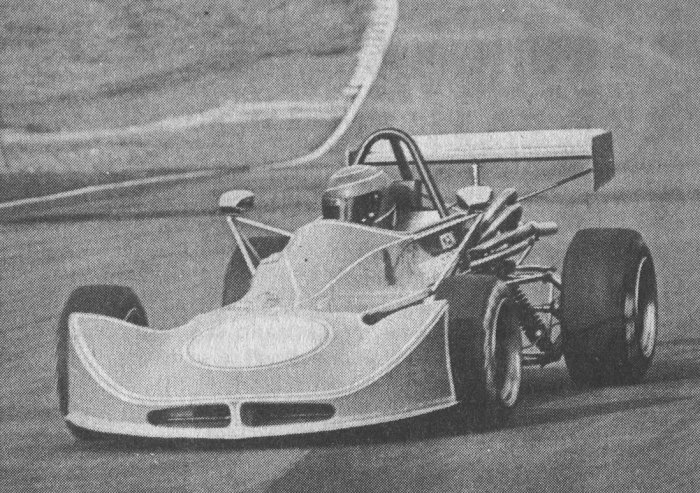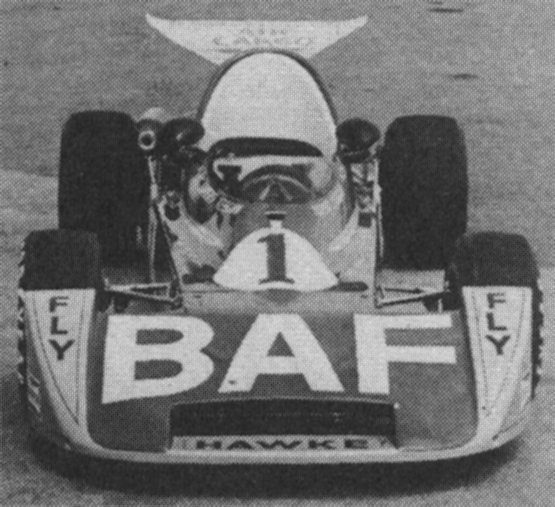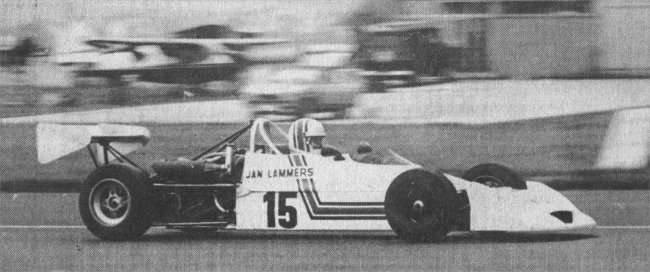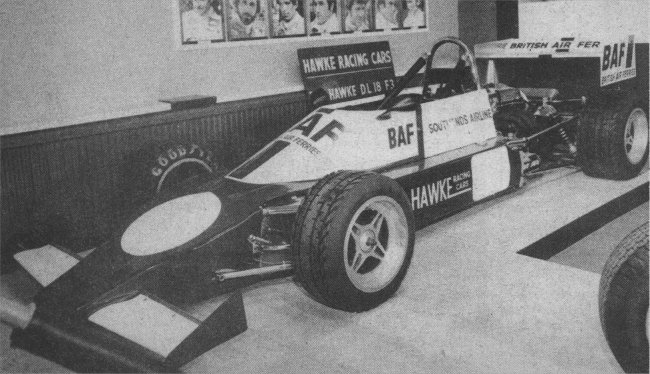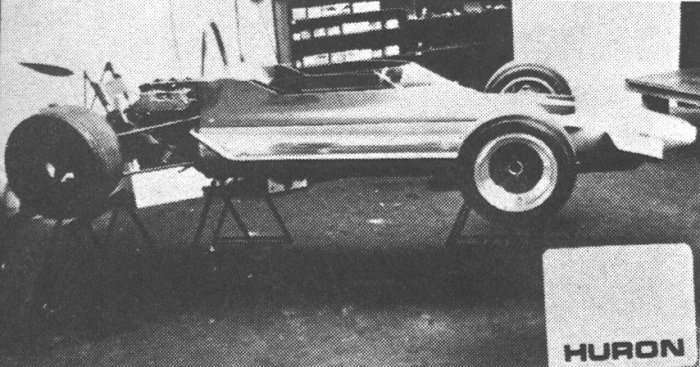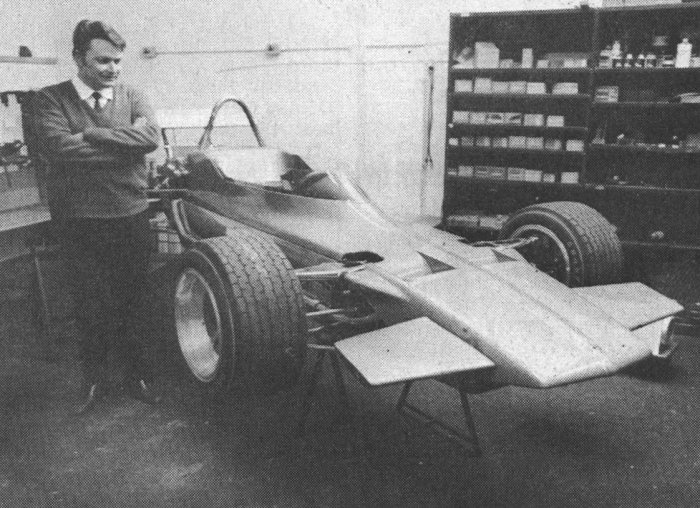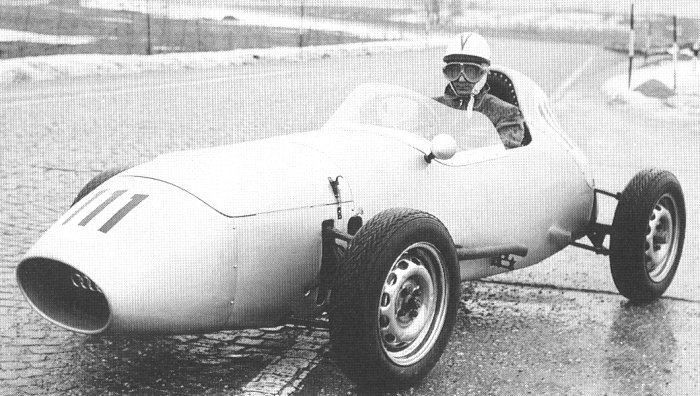Hayashi
The guiding light behind Hayashi was aluminium wheel maker Masakazu Hayashi, he formed the racing company near the Suzuka circuit in 1970 and began by producing cars for the Japanese Formula Junior 1600. Hayashi moved into F3 in 1980 and soon had some success in the Japanese Championship. In 1981 a F3 car was converted to F Atlantic spec and it won the Macau GP driven by American Bob Earl although further success in this class was not forthcoming. Hayashi continued to run in the domestic F3 events until the end of 1986 when a downturn in the aluminium wheel business saw Hayashi withdraw from racing.
1980
The 803 was heavily March influenced, it had a sheet alloy monocoque with tubular sub frames at both ends. It was designed by Hayashi in conjunction with his cousin Minoru who had set up the Dome company around the same time as the formation of Hayashi. Suspension was inboard at both the front and the rear. Apparently the tub was insufficiently rigid which did not endow it with very good handling, nevertheless Nakako took third in the Japanese F3 Championship in 1980. Plans to export it to Europe were never followed through.
1981
A Masaoa Ono designed car was introduced for 1981, the 320, Ono had made his name designing the Kojima F1 cars. For the new model the radiators were moved into the sidepods and a needle nose was used instead of the full width design of the 803. The tub consisted of an aluminium-alloy twin-tub with tubular sub-frames. It was very successful finishing first, third and fourth in the Japanese Championship winning three of the nine rounds.
1982
The 321 was introduced for 1982 and was an evolution of the 320. One car raced in Japan although the 320 kept racing and got the better results. A 321 appeared briefly in the UK driven by Japanese Champion Osamu Nakako but an accident at Silverstone saw it disappear again before it could make a real impact.
1984
The 322 was the new car for 1984 as the new flat bottom regulations came into effect, it was basically the 321 with its ground effect bits and pieces removed. It was however successful with Syuuji Hyoudou winning a race and taking three second places on his way to taking the top spot in the All Japan series. Its debut appearence seems to have been at the end of November 1983 at the Macau GP when it must still heve been using ground effect details. Driven by the under-rated Eje Elgh it proved very competitive against the cream of the European cars and drivers finishing fourth on aggregate.
1985
The 330 was not dissimilar to the Ralt RT30 inasmuch as it used the similar asymmetrical sidepod design with a reduced right hand pod that housed the oil radiator. The chassis was aluminium with a carbon-fibre top section, the front suspension used a pushrod, while the rear had a rocker arm.
The car won a race in the 1985 All Japan Championship and several other good places saw Syuuji Hyoudou finish third in the final standings.
1986
The 1986 331 would be Hayashi’s last F3 chassis and it was based on the 330, however it was not competitive, the singleton chassis only doing the first three races of the season and not qualifying in the top 12.
Drivers
1980 Osamu Nakako, Kengo Nakamoto.
1981 Iwata Eiji, Osamu Nakako, Kengo Nakamoto.
1982
321
Osamu Nakako, Hitoshi Ogawa.
320
Iwata Eiji, Kenji Itani, Hitoshi Ogawa, Aguri Suzuki, Tooru Takahashi.
1983
322
Eje Elgh.
321
Kouichi Akagi, Aguri Suzuki.
320
Takamasa Nakagawa, Eiji Yamada, Tomiko Yoshikawa.
1984
322
Kouichi Akagi, Syuuji Hyoudou.
320
Takamasa Nakagawa, Tomiko Yoshikawa.
1985
330
Kouichi Akagi, Kazuo Emi, Syuuji Hyoudou, Osamu Nakajima, Makoto Nakayama.
322
Ukyou Katayama, Tadao Yamauchi.
320
Hideki Ogawa.
1986
331
Syuuroku Sasaki.
330
Osamu Nakajima, Fumiko Shinoda.
320
Syuuji Hashimoto.
1987 320
Tsuneyoshi Mon’nai.
1988 320
Tsuneyoshi Mon’nai.

